Electronics Manufacturing Technical Articles
Papers and articles related to SMT, PCB & EMS industry.
- SMTnet
- »
- Technical Library
1759 SMT / PCB Assembly Related Technical Articles
Arlon Technology Enabling Innovation
Rancho Cucamonga , California, USA

Global manufacturer of XPM Reflow Ovens, ZEVA Selective Soldering and Delta Wave Soldering Equipment.
Camdenton, Missouri, USA

Solder pastes, solder preforms, solder spheres, soldering fluxes, electrically-conductive adhesives. All alloys: tin-lead, lead-free, indium alloys, and more.
Utica, New York, USA

Engineering Physics Center of MSU
We're engaged in the development and sale of complex electronics, automation of experimental installations in laser physics, creation of automatic testing systems and diagnostics of printed circuit boards and electronic components
Moscow, Russia

Engineering Physics Center of MSU
We're engaged in the development and sale of complex electronics, automation of experimental installations in laser physics, creation of automatic testing systems and diagnostics of printed circuit boards and electronic components
Moscow, Russia

One of the world's leading suppliers of integrated production systems, chemistry, equipment, know-how and service for electroplating, semiconductor and printed circuit board manufacturing.
Berlin, Germany
Uyemura International Corporation
Ontario, , California, USA
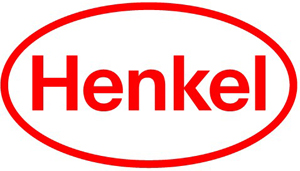
Henkel is a manufacturer of materials for PCB and component assembly. The materials include Loctite adhesives, Multicore soldering products, Hysol encaps and underfills, and Power Devices thermal phase change pads.
Irvine, California, USA
Life. Energy. Environment. This triad of engineering priorities is perhaps unmatched in its potential for improving the quality of life for all inhabitants of planet Earth. And at the heart of all three is chemical engineering.
Stanford, California, USA
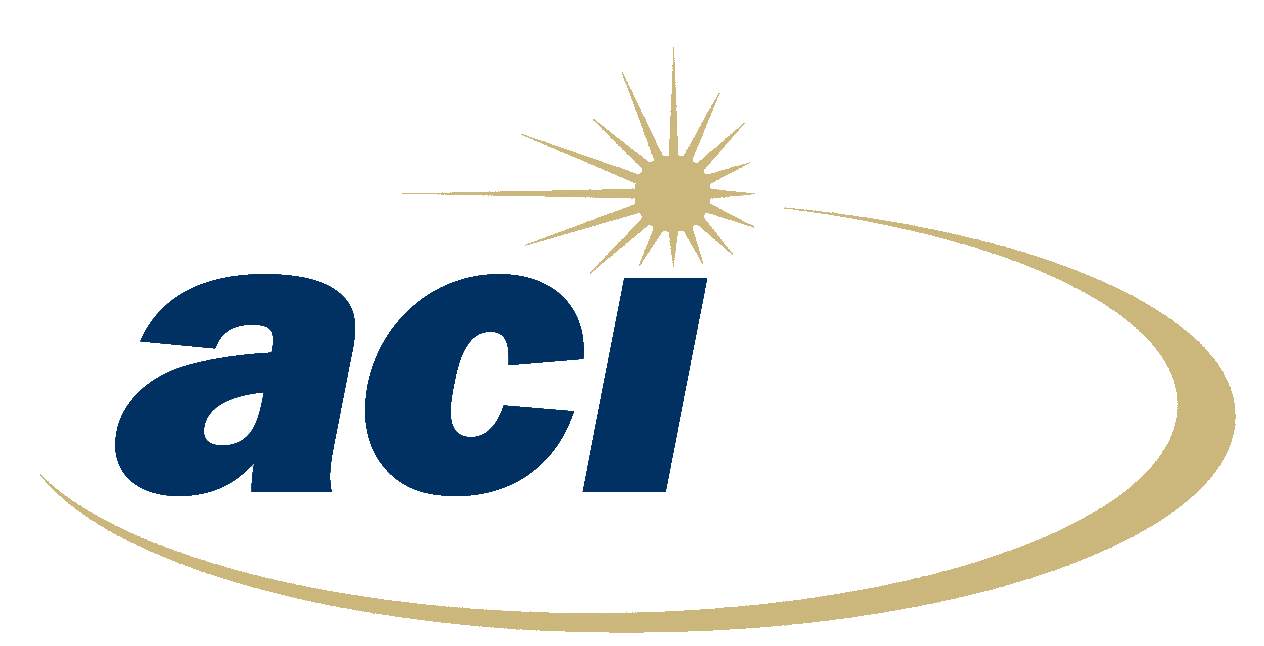
ACI, an authorized IPC Training Center operating the National Electronics Manufacturing Center of Excellence providing analytical testing, manufacturing and repair services to the electronics industry.
Philadelphia, Pennsylvania, USA
Consultant / Service Provider, Standards Setting / Certification, Training Provider
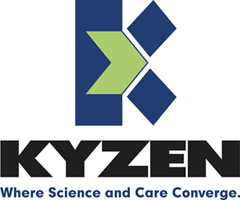
A leading supplier of precision cleaning chemistries to the worldwide electronics, metal finishing, medical, semiconductor, and optical industries.
Nashville, Tennessee, USA

The globally leading provider of high precision cleaning products, services and training solutions in the electronics and semiconductor manufacturing industries.
Manassas, Virginia, USA
Consultant / Service Provider, Manufacturer, Training Provider

We provide custom software for industry. We develop engineering projects as well. Our electronic, control and mechanical engineers are at your service. Based in Barcelona.
Terrassa, Spain

Sanmina-SCI is a tier 1 provider of EMS and PWB along with vertically integrated capabilities from design through qualification.
San Jose, California, USA

With numerous facilities in the United States, we are one of the electronics industry's leading manufacturers of lead-free solder products, superior quality stencils, and precision cut parts.
Greeley, Colorado, USA
MiTAC International Corporation
MiTAC Holdings Group has been developing into a multinational organization of JDM / ODM / OEM / OPM (Original Product Manufacture), design and R&D, manufacturing, testing, assembling, marketing, and servicing in around four decade
Taoyuan City, Taiwan
AT & S Austria Technologie & Systemtechnik Aktiengesellschaft
Mission: First choice for advanced applications Mission: We set the highest quality standards in our industry. We industrialize leading-edge technology. We care about people. We reduce our ecological footprint. We create value.
Leoben, Austria
Development of Character, Search for the Truth, and Service to Society Founded in 1954 to fulfill the dearest wish of empowering and bringing prosperity to the nation, Inha University stands for the Ideals of building students'
Incheon, South Korea
Epoxy Technology, Inc., founded in 1966, is a pioneer in the development and manufacture of Specialty Epoxy, UV & UV Hybrid adhesives to meet key performance standards needed in high-tech applications.
Billerica, Massachusetts, USA

Henkel is a manufacturer of materials for PCB and component assembly. The materials include Loctite adhesives, Multicore soldering products, Hysol encaps and underfills, and Power Devices thermal phase change pads.
Irvine, California, USA
FinCRM holds expertise in providing Customer Relationship Management (CRM) software and Full Stack Office Management solutions.
Pune, India
Continued strength Our faculty, students and staff have redoubled their collaborative efforts to strengthen, grow and broaden the programs in the School of Electrical, Computer and Energy Engineering. The school's continued streng
Tempe, Arizona, USA
Life. Energy. Environment. This triad of engineering priorities is perhaps unmatched in its potential for improving the quality of life for all inhabitants of planet Earth. And at the heart of all three is chemical engineering.
Stanford, California, USA

DEM develops and markets highly sophisticated materials used in the electronic materials segment of the global electronics value chain.
Marlborough, Massachusetts, USA
Research, development, manufacturing and marketing of sophisticated chemical products developed by applying fine chemicals and nano-technologies in cutting-edge fields such as home information appliances, IT, semiconductors, batte
Tokyo, Japan
Production and distribution of metal jointing materials for electronics (solder, flux, brazing alloys, etc) Sales of nonferrous metal Export-import business
Osaka, Japan
Flex Ltd. is an American Singaporean-domiciled multinational electronics contract manufacturer. It is the third-largest global electronics manufacturing services, original design manufacturer company by revenue, behind only ...
Milpitas, California, USA
Institute for Factory Automation and Production Systems (FAPS)
At the Technical Faculty (TF) of the Friedrich-Alexander-Universität Erlangen-Nürnberg (FAU) more than 20 engineering and computer science courses are offered. The TF has an excellent reputation in science and business.
Nuremberg, Germany
Xi'an Jiaotong University is a C9 League university with strengths in engineering, technology, management, and life sciences located in Xi'an, Shaanxi, China. It is a Chinese Ministry of Education Class A Double First Class Univ.
Xi'an, Shaanxi, China
The Faculty of Engineering and the Built Environment (FEBE) is one of the seven faculties in the University of Johannesburg. It offers both Engineering Technology and Engineering Science undergraduate and postgraduate programmes..
Johannesburg, South Africa
Averatek Corporation is a high tech company based in Santa Clara, CA that provides custom design services and patterned circuit board materials manufactured through the use of an innovative, proprietary process.
Santa Clara, California, USA

One of the world's leading suppliers of integrated production systems, chemistry, equipment, know-how and service for electroplating, semiconductor and printed circuit board manufacturing.
Berlin, Germany

ACI, an authorized IPC Training Center operating the National Electronics Manufacturing Center of Excellence providing analytical testing, manufacturing and repair services to the electronics industry.
Philadelphia, Pennsylvania, USA
Consultant / Service Provider, Standards Setting / Certification, Training Provider

Established in 1980 and acquired by Teledyne Technologies in 2011, Teledyne DALSA designs, develops, manufactures, and markets digital imaging products and solutions, in addition to providing semiconductor products and services.
Waterloo, Ontario, Canada
Located in the ancient capital of Nanjing, Nanjing University and its predecessors have taken responsibility for the country and the nation during its development of over 100 years. Committed to the prosperity of the nation ...
Nanjing, Jiangsu, China

Georgia Institute of Technology
Center for Board Assembly Research CBAR- advanced research on board assembly processes and systems
Atlanta, Georgia, USA

Super powerful expanding desiccant to keep boards & microelectronics moisture free.... Much different than Silica Sand Beads. Also supplier of corrosion prevention treatments that are alternatives to Conformal coatings.
Tampa, Florida, USA

DfR Solutions (acquired by ANSYS Inc)
DfR Solutions has world-renowned expertise in applying the science of Reliability Physics to electrical and electronics technologies, and is a leading provider of quality, reliability, and durability (QRD) research and consulting
College Park,

Georgia Institute of Technology
Center for Board Assembly Research CBAR- advanced research on board assembly processes and systems
Atlanta, Georgia, USA
LiloTree is an advanced materials technology company, providing next-generation technology solutions through chemistry and materials innovations. Based in Seattle, Washington, we're an NSF funded company, manufacturer & distrib...
Redmond, Washington, USA

Rogers' high performance laminates and bondplies are engineered to meet stringent customer requirements for 5G wireless communication, wired infrastructure, automotive radar sensors, aerospace, satellites and more.
Chandler, Arizona, USA

ACI, an authorized IPC Training Center operating the National Electronics Manufacturing Center of Excellence providing analytical testing, manufacturing and repair services to the electronics industry.
Philadelphia, Pennsylvania, USA
Consultant / Service Provider, Standards Setting / Certification, Training Provider
Averatek Corporation is a high tech company based in Santa Clara, CA that provides custom design services and patterned circuit board materials manufactured through the use of an innovative, proprietary process.
Santa Clara, California, USA
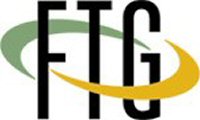
FTG is a leading North American manufacturer of high technology printed circuit boards and precision illuminated display systems.
Toronto, Ontario, Canada

Georgia Institute of Technology
Center for Board Assembly Research CBAR- advanced research on board assembly processes and systems
Atlanta, Georgia, USA
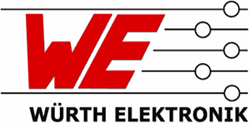
Würth Elektronik GmbH & Co. KG
We produce circuit boards from your specifications in various designs.
Niedernhall, Germany
One-Stop Solution for PCB & Prototype Assembly Expanded PCB manufacturing capabilities to support advanced designs with demanding requirements including laser-drilled microvias, cavity boards, heavy copper up to 20 oz., via-in-pad
Aurora, Colorado, USA
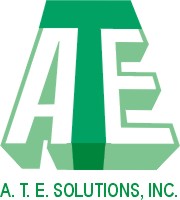
The leading Test, ATE and Testability consulting and educational firm, offering various test related courses. Maintains the BestTest Directory, a test community knowledge base. Publishes The BestTest eNewsletter.
Los Angeles, California, USA
Consultant / Service Provider, Manufacturer, Training Provider
Alpha Assembly Solutions is a world leader in the development, manufacturing, and sales of innovative materials used in the assembly electronics, industrial joining and Photo Voltaic market places.
South Plainfield, New Jersey, USA








